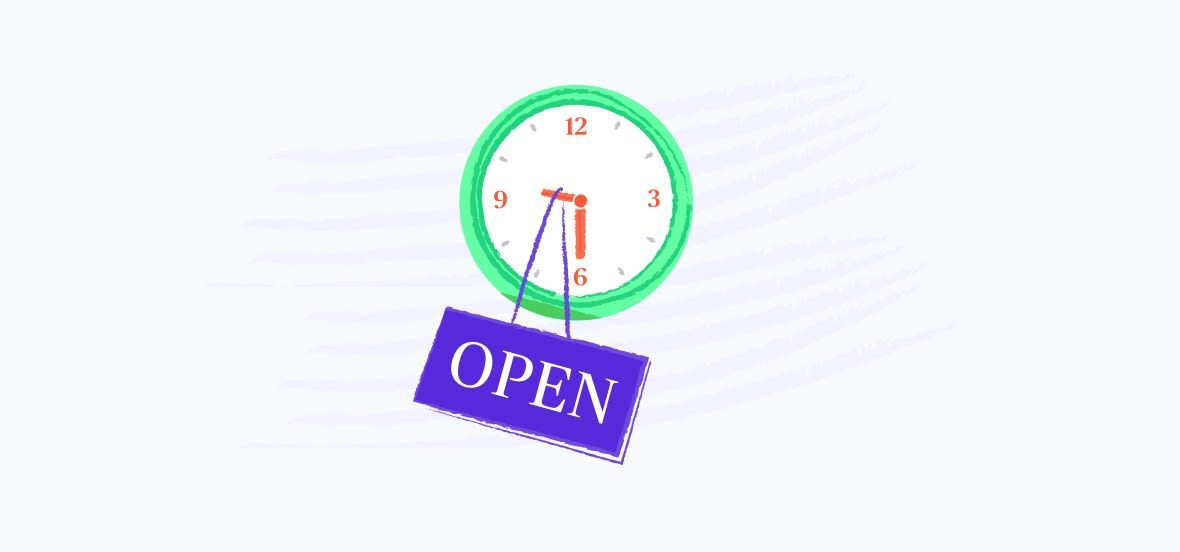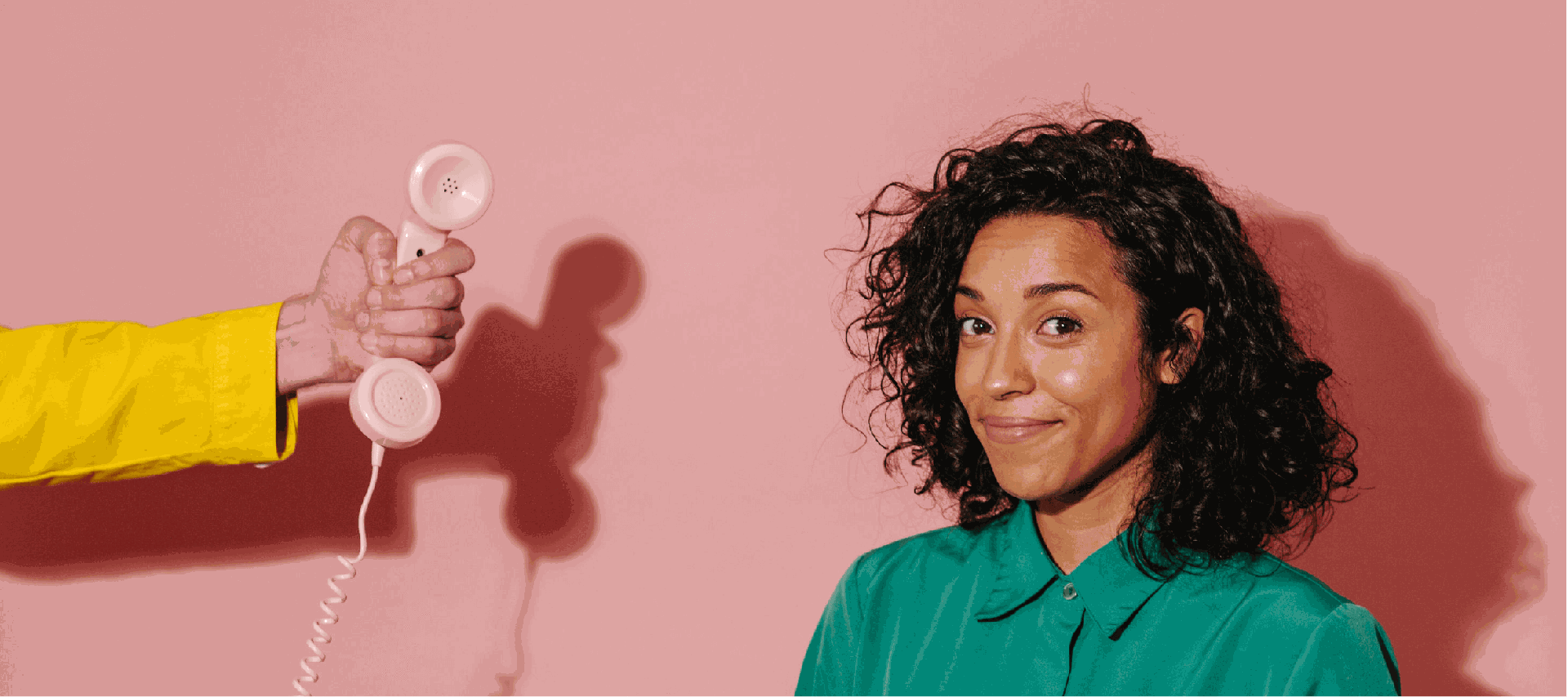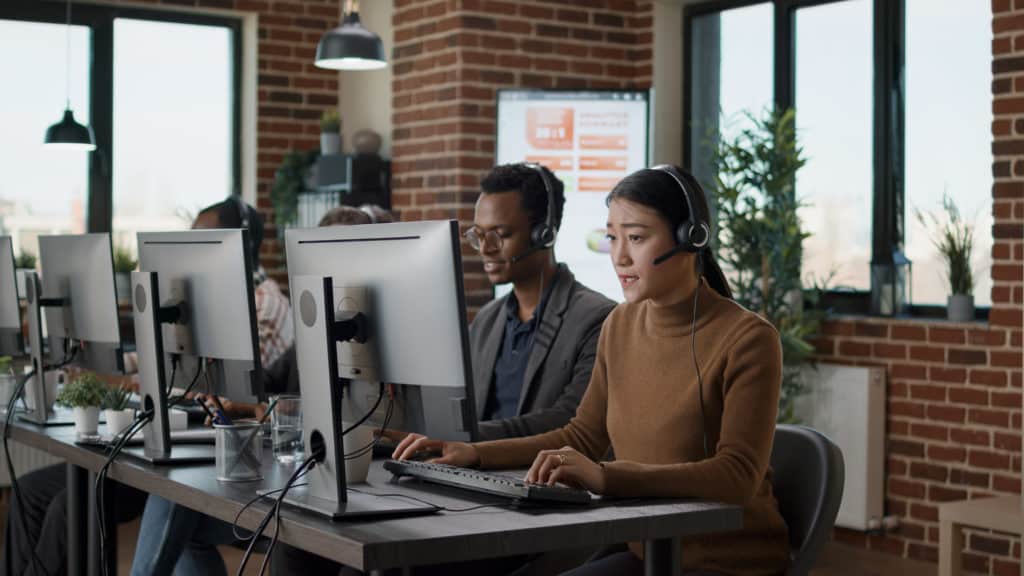All Categories
Featured
Table of Contents
- – Best Can 24/7 Phone Answering - Au-based Operat...
- – Who Is The Best 14 Benefits Of A Telephone Ans...
- – Whats The Best 24/7 Phone Answering - Au-based...
- – What Is The Best Answering Services 101: Ever...
- – Which Is The Best Automated Answering Service...
- – Who Is The Best Answering Machine Service?
Best Can 24/7 Phone Answering - Au-based Operators - Alltel Australia
This gadget and its followers were created by Sava Jacobson, an electrical engineer with a personal consulting service. While early voice mail used magnetic tape innovation, a lot of contemporary equipment uses solid state memory storage; some gadgets utilize a mix of both, with a solid-state circuit for the outgoing message and a cassette for the incoming messages.
"toll conserving" listed below) (virtual telephone answering). This works if the owner is evaluating calls and does not want to speak with all callers. In any case after going, the calling party ought to be informed about the call having been responded to (in many cases this starts the charging), either by some remark of the operator, or by some welcoming message of the little bit, or addressed to non-human callers (e.
This holds specifically for the Littles with digitally stored welcoming messages or for earlier devices (prior to the rise of microcassettes) with an unique unlimited loop tape, different from a 2nd cassette, dedicated to recording. There have been answer-only gadgets without any recording capabilities, where the greeting message needed to notify callers of a state of present unattainability, or e (business call answering service).
Who Is The Best 14 Benefits Of A Telephone Answering Service In 2023 Company

about accessibility hours. In recording TADs the welcoming generally contains an invitation to leave a message "after the beep". A voice mail that uses a microcassette to tape messages On a dual-cassette answerphone, there is an outbound cassette, which after the specified number of rings plays a pre-recorded message to the caller.

Single-cassette voice mail include the outbound message at the beginning of the tape and incoming messages on the remaining space. They first play the statement, then fast-forward to the next offered space for recording, then record the caller's message. If there are many previous messages, fast-forwarding through them can trigger a considerable hold-up.
This beep is frequently referred to in the welcoming message, asking for that the caller leave a message "after the beep". Little bits with digital storage for the taped messages do disappoint this delay, of course. A little might provide a push-button control center, where the answerphone owner can sound the house number and, by going into a code on the remote telephone's keypad, can listen to taped messages, or erase them, even when far from house.
Whats The Best 24/7 Phone Answering - Au-based Operators - Alltel Australia To Buy

Therefore the maker increases the number of rings after which it addresses the call (generally by two, leading to four rings), if no unread messages are presently saved, however answers after the set number of rings (typically two) if there are unread messages. This allows the owner to learn whether there are messages waiting; if there are none, the owner can hang up the phone on the, e.
Some devices also permit themselves to be from another location triggered, if they have actually been turned off, by calling and letting the phone ring a certain a great deal of times (normally 10-15). Some company abandon calls currently after a smaller number of rings, making remote activation impossible. In the early days of Littles an unique transmitter for DTMF tones (dual-tone multi-frequency signalling) was regionally needed for push-button control, since the previously employed pulse dialling is not apt to communicate suitable signalling along an active connection, and the dual-tone multi-frequency signalling was executed stepwise.
Any inbound call is not identifiable with respect to these residential or commercial properties in advance of going "off hook" by the terminal equipment. So after going off hook the calls need to be changed to proper devices and just the voice-type is right away accessible to a human, but perhaps, nonetheless ought to be routed to a LITTLE (e.
What Is The Best Answering Services 101: Everything You Need To Know ... On The Market Now
What if I told you that you do not have to really select up your gadget when responding to a client call? Somebody else will. So hassle-free, ideal? Addressing telephone call doesn't require somebody to be on the other end of the line. Efficient automated phone systems can do the trick just as effectively as a live agent and in some cases even much better.
An automated answering service or interactive voice response system is a phone system that interacts with callers without a live individual on the line - virtual call answering service. When business use this innovation, clients can get the answer to a question about your service simply by utilizing interactions set up on a pre-programmed call flow.
Although live operators upgrade the client service experience, numerous calls do not need human interaction. A basic taped message or directions on how a customer can recover a piece of details generally solves a caller's instant requirement - answering service. Automated answering services are a basic and reliable method to direct incoming calls to the ideal individual.
Which Is The Best Automated Answering Service, Better Known As Interactive ... To Buy
Notification that when you call a company, either for support or product questions, the first thing you will hear is a pre-recorded voice welcoming and a series of choices like press 1 for client service, press 2 for queries, and so on. The pre-recorded choices branch off to other choices depending upon the customer's selection.
The phone tree system assists direct callers to the ideal individual or department utilizing the keypad on a smart phone. In some circumstances, callers can use their voices. It deserves noting that auto-attendant alternatives aren't restricted to the 10 numbers on a phone's keypad. Once the caller has selected their first alternative, you can develop a multi-level auto-attendant that utilizes sub-menus to direct the caller to the right sort of help.
The caller does not need to communicate with an individual if the auto-attendant phone system can handle their issue. The automatic service can route callers to an employee if they reach a "dead end" and need assistance from a live representative. It is expensive to hire an operator or executive assistant.
Who Is The Best Answering Machine Service?
Automated answering services, on the other hand, are considerably cheaper and offer significant cost savings at an average of $200-$420/month. Even if you do not have devoted staff to deal with call routing and management, an automatic answering service improves productivity by permitting your group to focus on their strengths so they can more effectively spend their time on the phone.
A sales lead routed to consumer service is a lost shot. If a client who has product concerns reaches the incorrect department or receives insufficient responses from well-meaning employees who are less trained to handle a specific type of concern, it can be a cause of aggravation and frustration. An automatic answering system can decrease the variety of misrouted calls, consequently helping your workers make much better use of their phone time while freeing up time in their calendar for other tasks.
With Automated Answering Systems, you can produce a customized experience for both your staff and your callers. Make a recording of your primary welcoming, and simply upgrade it frequently to reflect what is going on in your company. You can develop as lots of departments or menu alternatives as you desire.
Table of Contents
- – Best Can 24/7 Phone Answering - Au-based Operat...
- – Who Is The Best 14 Benefits Of A Telephone Ans...
- – Whats The Best 24/7 Phone Answering - Au-based...
- – What Is The Best Answering Services 101: Ever...
- – Which Is The Best Automated Answering Service...
- – Who Is The Best Answering Machine Service?
Latest Posts
Sought-After Receptionist Service Near Me ( WA 6008)
Phone Answering Service
High-Quality 24/7 Answering Service Near Me (Scarborough)
More
Latest Posts
Sought-After Receptionist Service Near Me ( WA 6008)
Phone Answering Service
High-Quality 24/7 Answering Service Near Me (Scarborough)